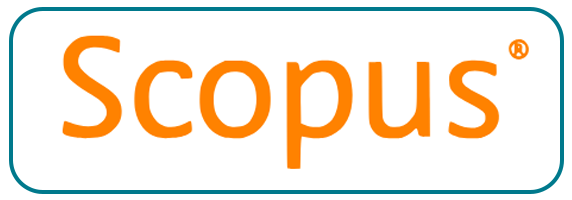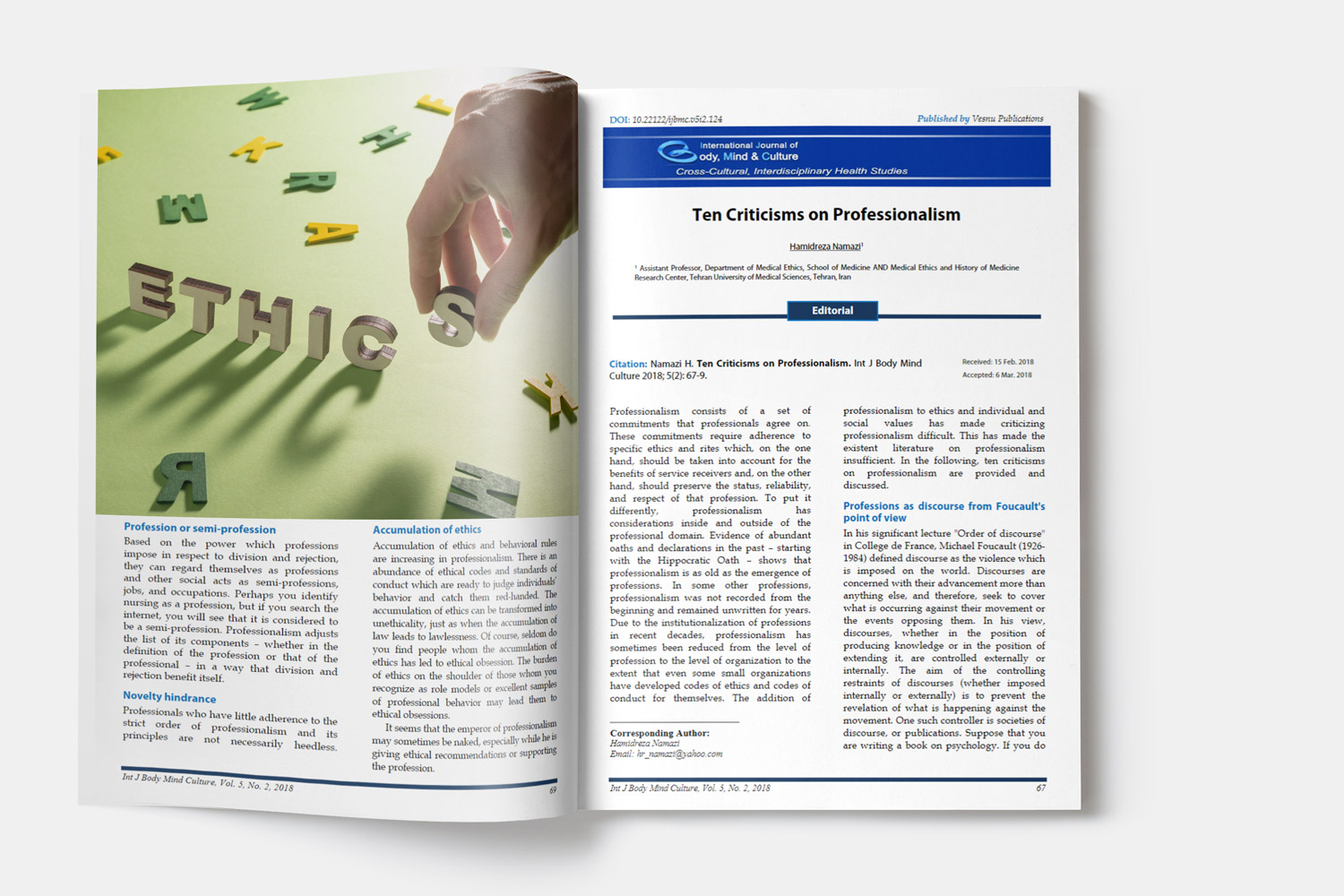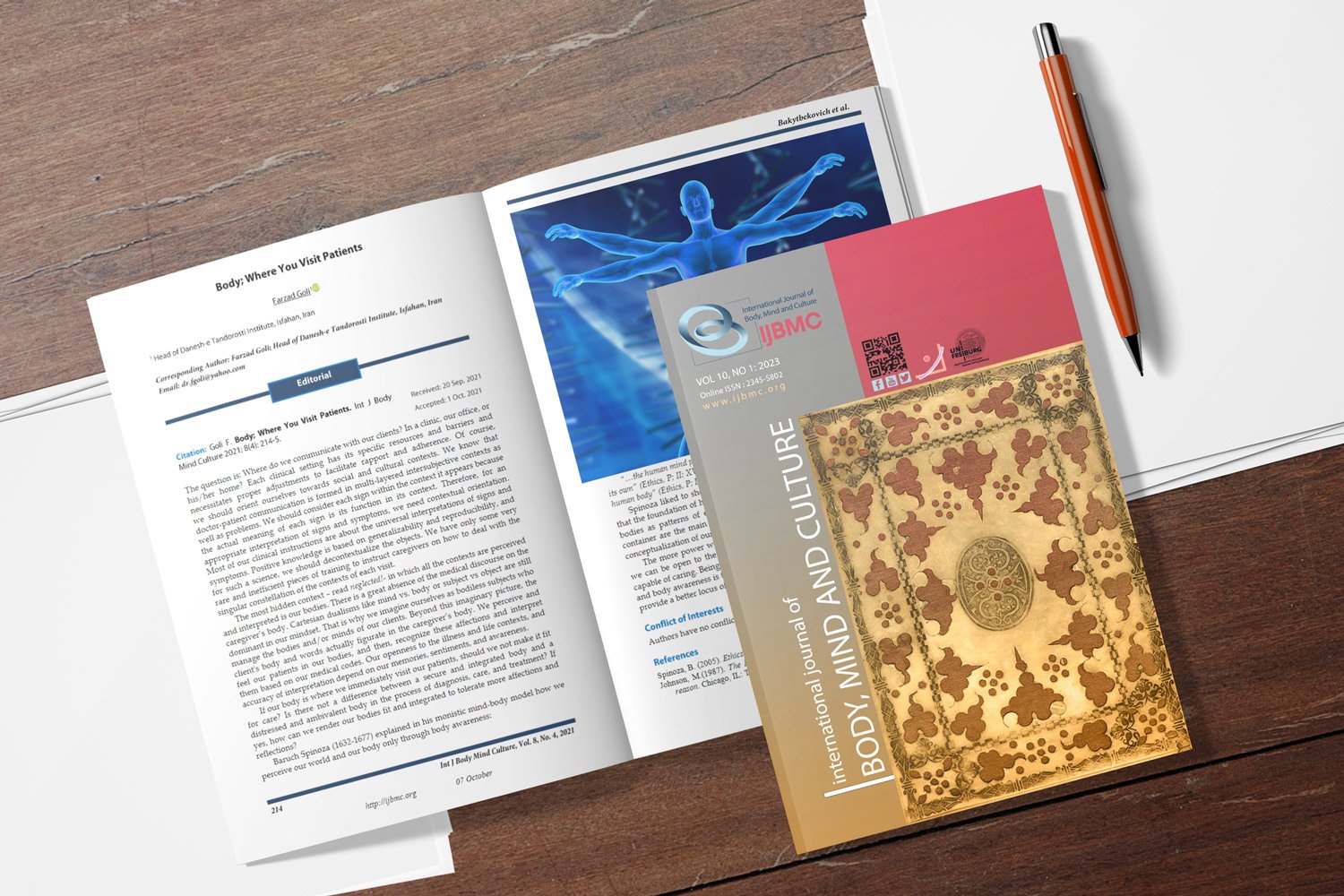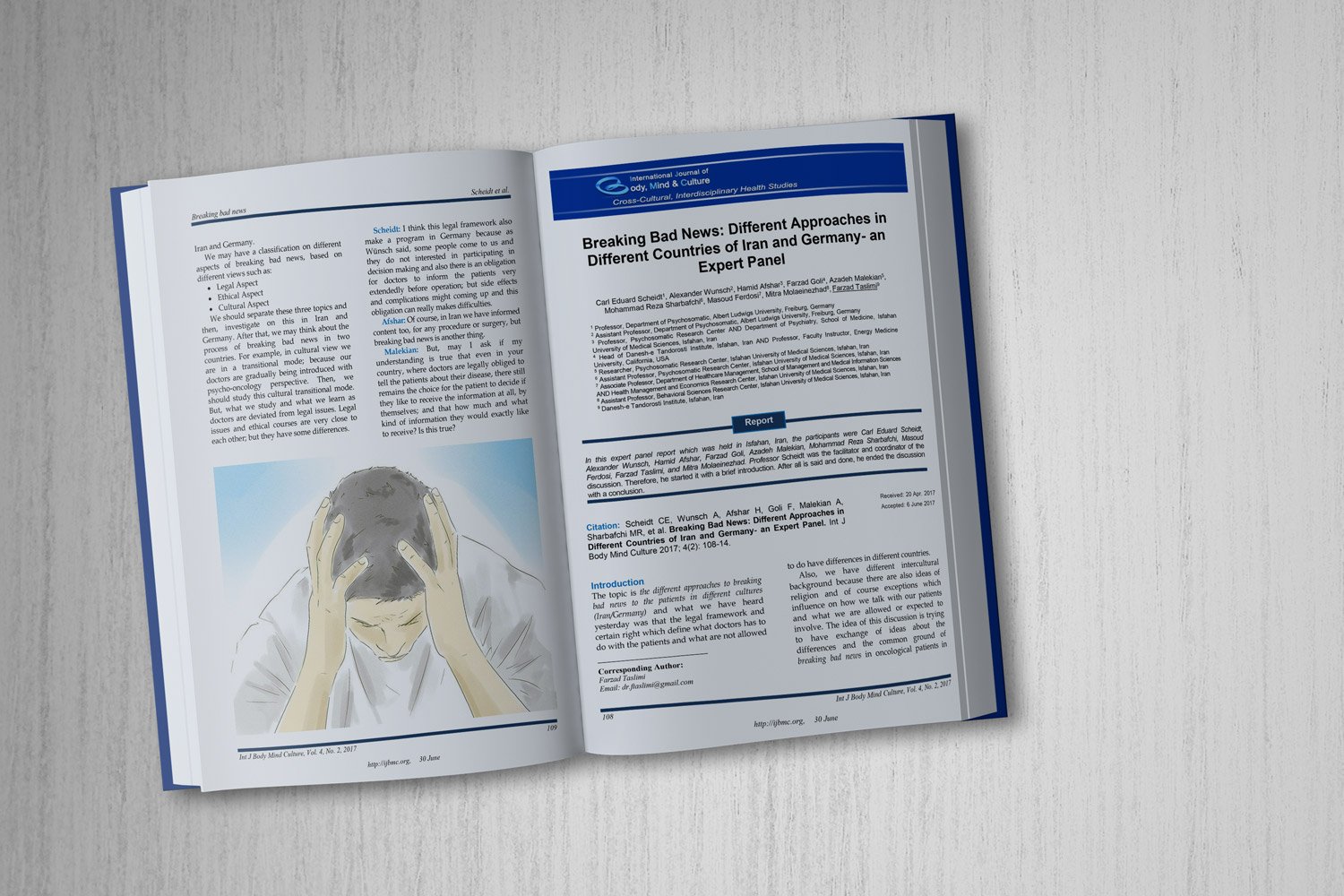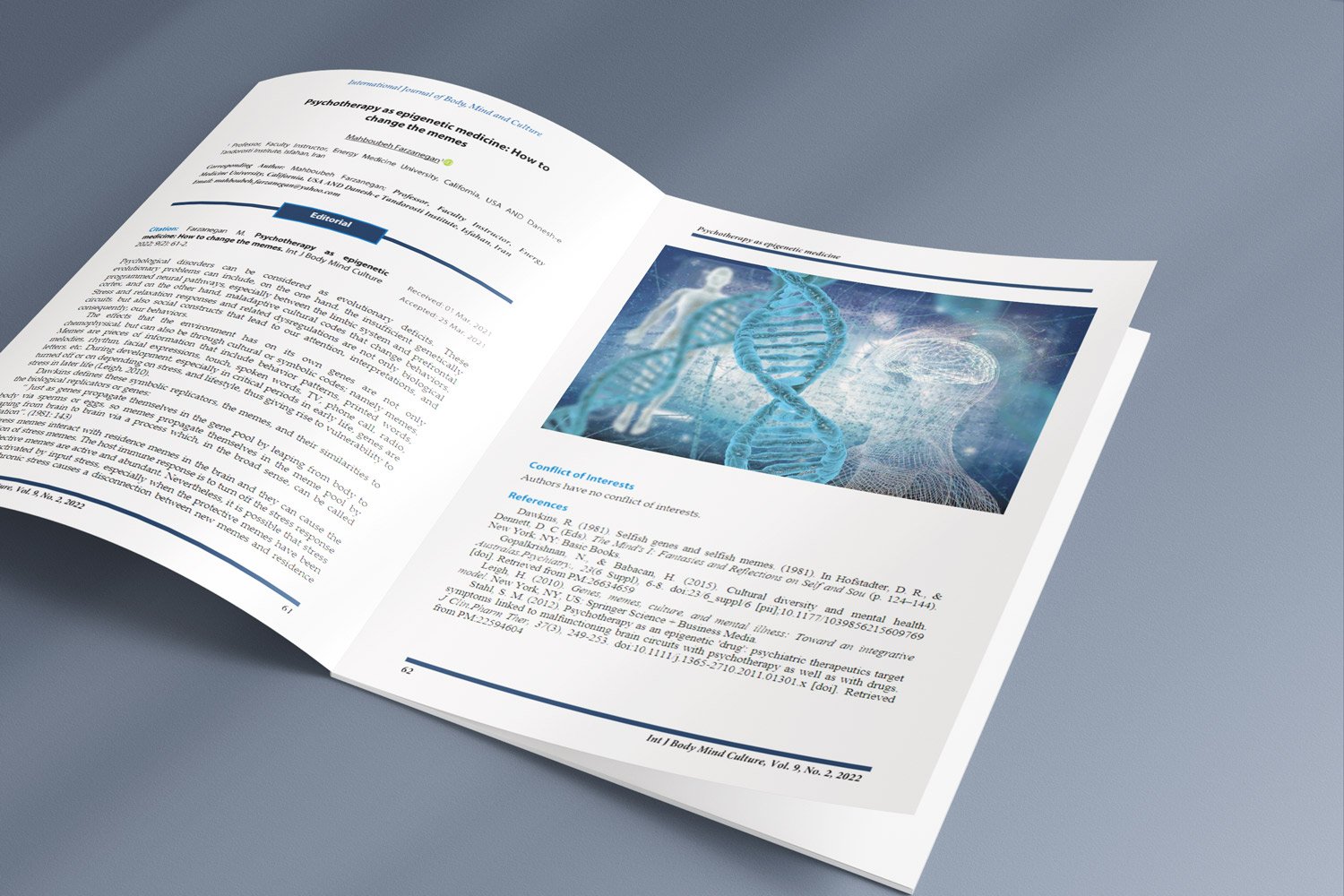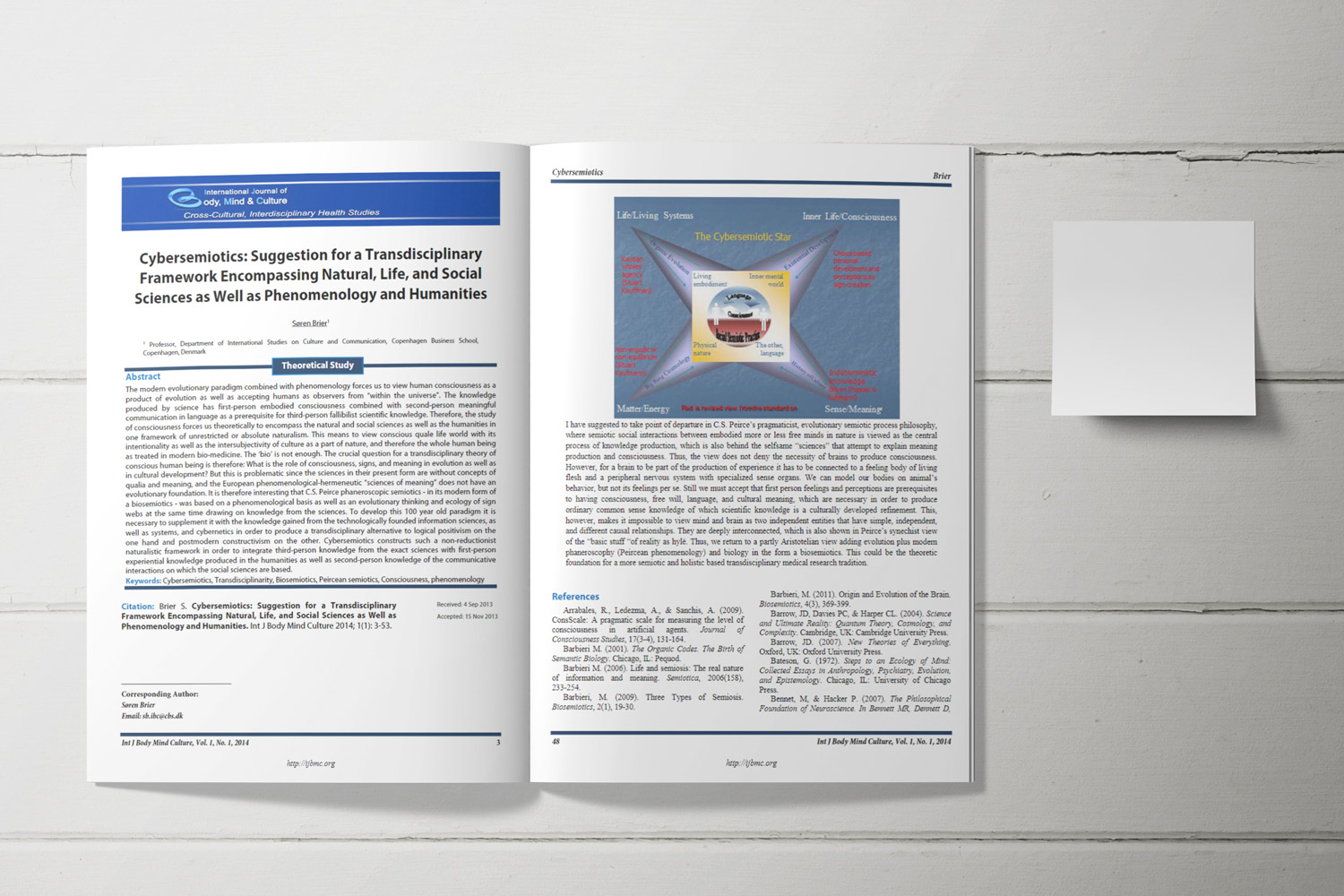Effectiveness of a Family-Centered Emotion Regulation Intervention on Adolescent Anger, Psychological Resilience, and Family Intimacy
Downloads
Objective: This study examines the effectiveness of a family-centered emotion regulation intervention in reducing adolescent anger, enhancing psychological resilience, and improving family intimacy.
Methods and Materials: A quasi-experimental pretest-posttest design with a three-month follow-up was conducted on 80 adolescents (aged 12–18 years), randomly assigned to an intervention group (n= 40) or a control group (n= 40). The intervention, conducted over 12 weeks, integrated Cognitive Behavioral Therapy (CBT), Emotion-Focused Therapy (EFT), and Parent-Child Interaction Therapy (PCIT) to improve emotional regulation skills in adolescents and enhance parental support. The State-Trait Anger Expression Inventory (STAXI-2), Connor-Davidson Resilience Scale (CD-RISC), and Family Intimacy Questionnaire (FIQ) were used to measure outcomes. Data were analyzed using repeated measures ANOVA and Bonferroni post-hoc tests.
Findings: The intervention group showed significant improvements in Anger, Resilience and Family intimacy compared to the control group (p < 0.001). These effects were sustained at follow-up, confirming the long-term benefits of the intervention.
Conclusion: A family-centered approach to emotion regulation significantly enhances adolescent psychological resilience, reduces anger, and strengthens family relationships. Integrating such interventions into school-based and community programs may provide sustainable support for adolescent mental health.
Downloads
Brown, B. B., & Larson, J. (2009). Peer relationships in adolescence. In R. M. Lerner & L. Steinberg (Eds.), Handbook of adolescent psychology (pp. 74-103). Wiley. https://doi.org/10.1002/9780470479193.adlpsy002004
Casey, B. J., Jones, R. M., & Hare, T. A. (2010). The adolescent brain. Developmental Review, 30(1), 2-18. https://pmc.ncbi.nlm.nih.gov/articles/PMC2475802/
Cohen, P. (2017). The role of family dynamics in adolescent mental health. Journal of adolescence, 57, 57-67.
Gross, J. J. (2019). Emotion regulation: Current status and future prospects. Psychological Inquiry, 30(2), 39-53. https://www.tandfonline.com/doi/abs/10.1080/1047840X.2014.940781
Hastings, P. D. (2018). Emotional regulation in adolescence: Implications for development. Developmental science, 21(2), e12525-e12525.
Hjemdal, O. (2011). The Resilience Scale for Adolescents (READ): Measurement and Validation. Journal of adolescence, 34(2), 299-307.
Kaminski, J. W. (2020). Enhancing resilience through family-based interventions for adolescents. Journal of Child and Family Studies, 29(5), 1501-1512.
Kerr, M. (2020). Family communication and adolescent emotional regulation: The role of parental empathy. Child development, 91(4), 1031-1044.
Luthar, S. S., & Cichetti, D. (2019). The influence of family environments on adolescent development. Journal of Family Psychology, 33(2), 167-180.
Masten, A. S., & Barnes, A. J. (2021). Resilience in adolescence: Developmental perspectives. In Handbook of adolescent psychology (pp. 311-338). Wiley. https://pmc.ncbi.nlm.nih.gov/articles/PMC6069421/
Mohammadiyas, F., Namvar, M., Kardi, Z., Esmaeilzadeh, S., & Khaleghyan-Chaleshtory, T. (2023). The Effectiveness of Family Therapy on Psychological Capital of Adolescents with Major Depressive Disorder: The effectiveness of family therapy on psychological capital. International Journal of Body, Mind and Culture, 10(4), 408-417. https://doi.org/10.22122/ijbmc.v10i4.508
Mohammadkhani, P. (2019). Reliability and validity of the State-Trait Anger Expression Inventory in Iran. Journal of Clinical Psychology, 13(4), 103-110.
Moos, R. H., & Moos, B. S. (2009). Family Environment Scale (FES) Manual. Consulting Psychologists Press. https://books.google.ch/books/about/Family_Environment_Scale_Manual.html?id=qRxFAAAAYAAJ&redir_esc=y
Moradi, Z. (2021). Psychometric Properties of the Family Environment Scale (FES) in Iranian Adolescents. Iranian Journal of Psychiatry, 16(2), 99-107.
Navabinejad, S., Rostami, M., & Parsakia, K. (2024). Influences of Family Structure and Intimacy on Emotional Divorce: A Cross-Sectional Analysis. Journal of Psychosociological Research in Family and Culture, 2(1), 23-30. https://doi.org/10.61838/kman.jprfc.2.1.5
Parsakia, K., Farzad, V., & Rostami, M. (2023). The mediating role of attachment styles in the relationship between marital intimacy and self-differentiation in couples. Applied Family Therapy Journal (AFTJ), 4(1), 589-607. https://doi.org/10.61838/kman.aftj.4.1.29
Shahmohammadi, D. (2020). The Resilience Scale for Adolescents (READ): Psychometric Properties in an Iranian Sample. Iranian Journal of Psychiatry, 15(2), 88-95.
Southwick, S. M. (2020). Resilience in adolescent mental health. American Journal of Psychiatry, 177(5), 401-411.
Spielberger, C. D. (2013). State-Trait Anger Expression Inventory (STAXI-2). Psychological Assessment Resources. https://www.parinc.com/products/STAXI-2
Suardi Wekke, I., Iswanto, A. H., Abed, A. M., Hussein Ali, M., Samal, A., Abdullah Talib, H., Islam, Z., Fakri Mustafa, Y., H. Kzar, H., & Beheshtizadeh, N. (2022). The Relationship between Emotional Intelligence and Academic Achievement among the Students of Trisakti University, Indonesia. International Journal of Body, Mind and Culture, 10(1), 90-98. https://doi.org/10.22122/ijbmc.v10i1.390
Whiteman, S. D. (2019). Family dynamics and emotional distress in adolescents: A longitudinal perspective. Journal of youth and adolescence, 48(9), 1722-1733.
Zeman, J. (2020). Emotion regulation and mental health in adolescence: The role of anger and anxiety. Emotion, 20(3), 459-467.
Copyright (c) 2025 International Journal of Body, Mind and Culture

This work is licensed under a Creative Commons Attribution-NonCommercial 4.0 International License.

